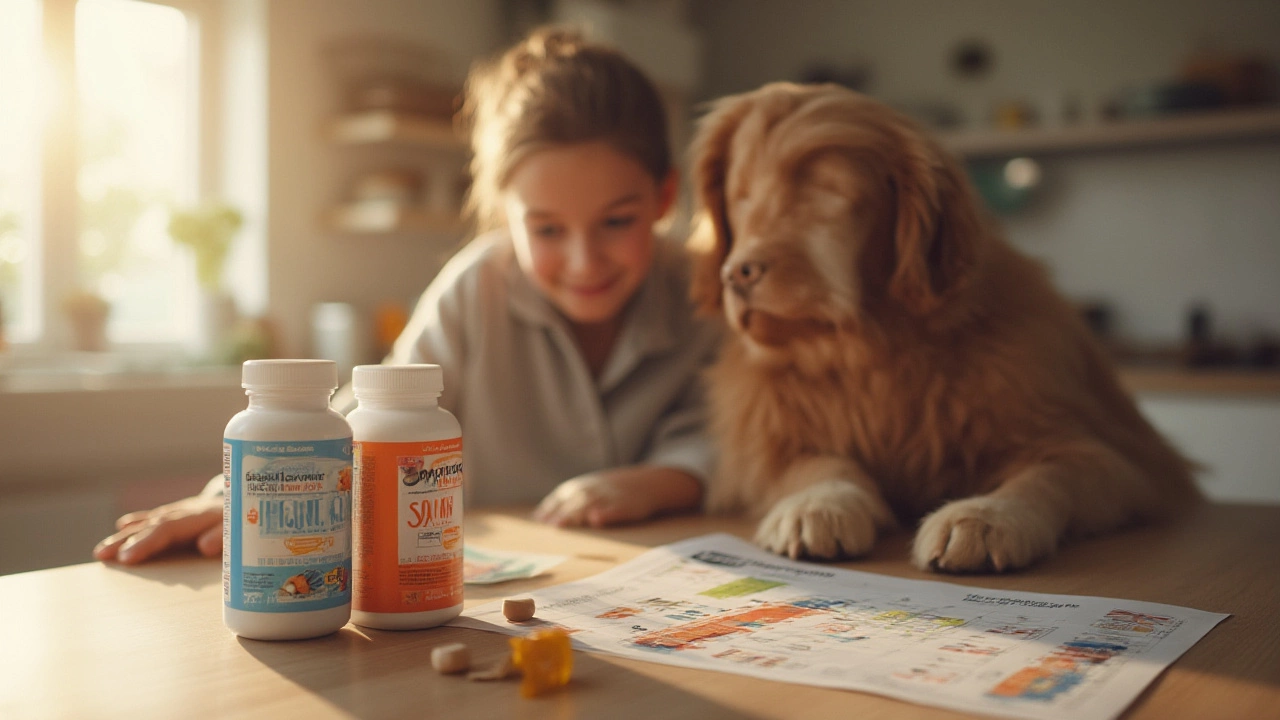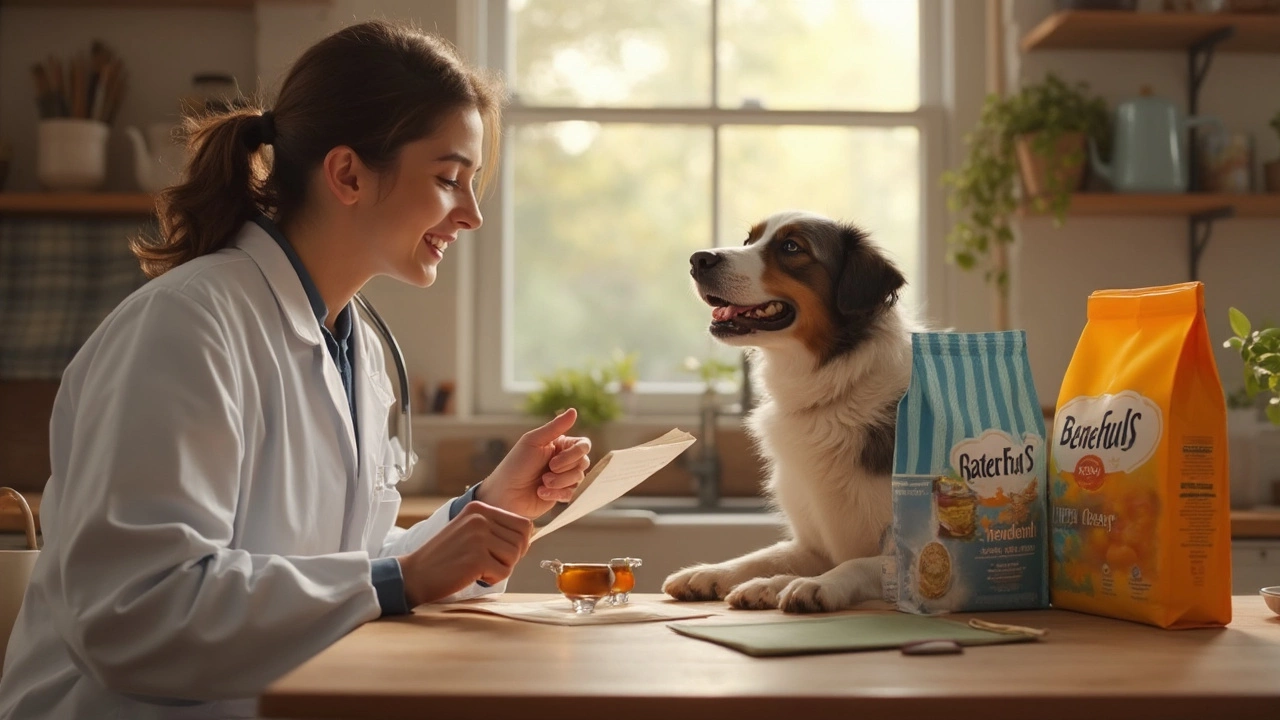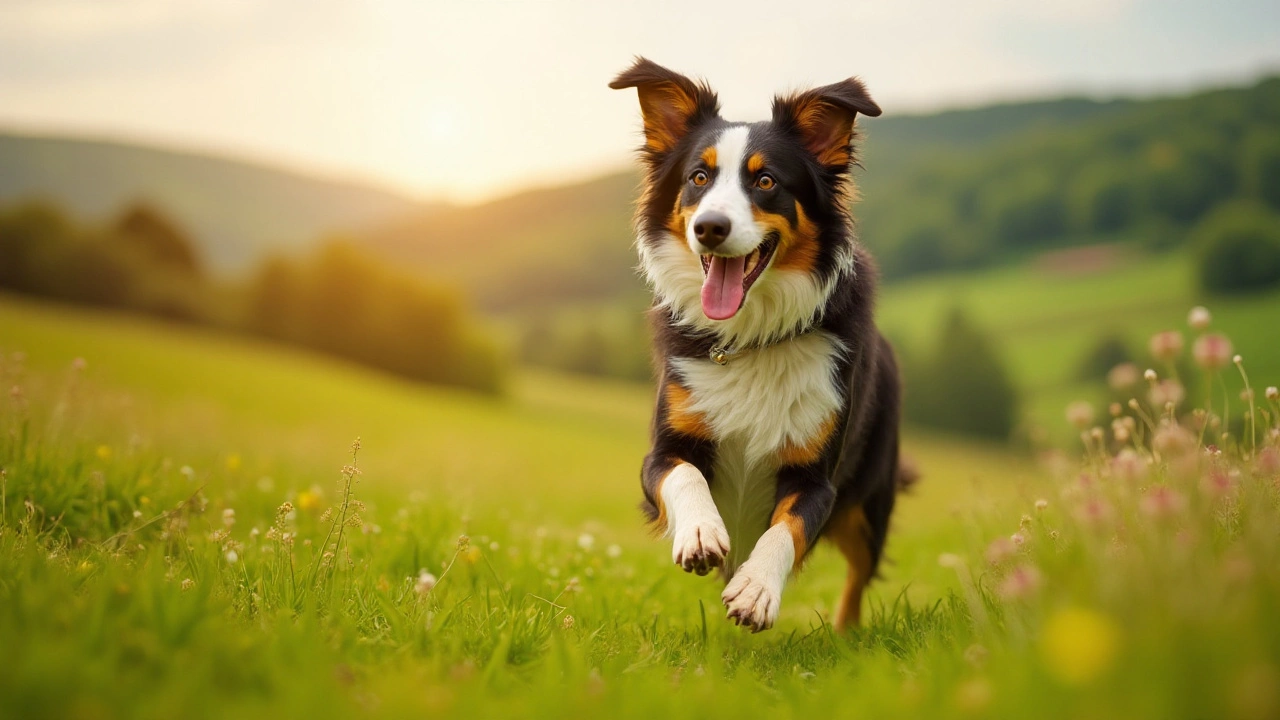Pet Nutrition Basics You Can Use Today
Feeding your pet right is one of the biggest things you do for their well‑being. Whether you have a hunting dog, a family pup, or a picky cat, the right diet keeps them energetic, strong, and less likely to end up at the vet.
First off, look at the label. A quality pet food will list a real protein source – like chicken, beef, or fish – as the first ingredient. If you see “by‑product” or “meal” near the top, think twice. Real meat gives the building blocks for muscle and a shiny coat.
What to Feed and When
Most adult dogs do fine on two meals a day. Puppies need three to four smaller meals because their bodies are growing fast. Cats, on the other hand, are natural grazers. Give them several small portions or keep dry kibble out all day, but watch the total calories.
Portion size matters. Use the feeding guide on the bag as a starting point, then adjust based on your pet’s activity level. A high‑energy gundog that spends hours training will need more calories than a couch‑loving dog.
Common Mistakes to Skip
Don’t feed table scraps as a regular habit. Human food can be high in fat, salt, or spices that upset a pet’s stomach. Grapes, onions, chocolate, and xylitol are toxic to dogs, while cats can’t handle onions or garlic either.
Another slip is over‑supplementing. A balanced commercial diet already has vitamins and minerals. Adding extra pills without vet advice can cause imbalances. If you want a joint supplement for an older dog, pick one that’s vet‑approved and stick to the recommended dose.
Hydration is easy to forget. Fresh water should always be available. Some pets, especially cats, prefer a water fountain because the moving water encourages drinking.
If you’re curious about raw feeding, research it thoroughly. Raw diets can be safe, but they need strict hygiene and the right nutrient ratios. Talk to a vet before switching.
Watch your pet’s weight. A quick visual check – you should feel the ribs without a thick layer of fat – helps you know if you’re feeding too much or too little. Adjust portions gradually; sudden changes can cause digestive upset.
Finally, keep an eye on any food allergies. Itchy skin, ear infections, or tummy troubles can signal a reaction. If you suspect an issue, try an elimination diet for a few weeks and note any improvements.
Good nutrition isn’t a one‑size‑fits‑all plan. Tailor food choices to your pet’s breed, age, activity, and any health concerns. With the basics covered, you’ll feel confident that you’re giving your dog or cat the fuel they need to thrive.
- Morgan Ainsworth
- 0 Comments
Fish Oil vs Salmon Oil: Which Supplement Is Better for Your Dog?
Comparing fish oil and salmon oil for dogs. Find out which one has more omega-3s, safety tips, and how to choose the best supplement for your pet.
View More- Morgan Ainsworth
- 0 Comments
Do Dog Supplements Really Work? Science, Ingredients, and Tips for Pet Owners
Curious about dog supplements? Get the facts, science, and real talk about dog vitamins, common myths, and tips for choosing the right supplements for your pet.
View More- Morgan Ainsworth
- 0 Comments
What Do Vets Say About Beneful? Real Talk on This Popular Dog Food
Is Beneful good for dogs? This article breaks down real vet opinions, shares what’s in Beneful, and cuts through the noise on ingredients, safety, and nutrition. Get practical tips for checking your own dog’s food, learn about real-life cases, and see what vets really say when you ask about feeding Beneful. If you’re wondering whether this brand belongs in your pup’s bowl, here’s what matters most.
View More- Morgan Ainsworth
- 0 Comments
How Often Should You Be Feeding Your Cat Each Day?
Figuring out the right feeding schedule for your cat can be challenging. This article explores how many times a day you should feed your feline friend, considering their age, health, and lifestyle. We offer practical tips for ensuring your cat gets the right amount of food without overeating. Learn the importance of monitoring your pet's weight and consulting your vet for personalized advice. Discover the significance of a consistent feeding routine and how to adapt it as your cat grows or experiences health changes.
View More- Morgan Ainsworth
- 0 Comments
Is Purina One High-Quality Dog Food?
Dive into the world of Purina One to uncover if it truly stands as a high-quality dog food option. This article lays out the vital ingredients, nutritional benefits, and expert opinions to see if it's the right choice for your furry friend. Learn how Purina One ranks among competitors, and what you should look for when choosing food for your beloved dog. Discover practical tips to ensure your pet gets only the best.
View More- Morgan Ainsworth
- 0 Comments
What Not to Include in Homemade Dog Food
Thinking of preparing homemade food for your furry friend? While it's a great idea to know what's going in their diet, there are certain ingredients you should definitely avoid. Not all human foods are safe for dogs, and some can be quite harmful. This guide will walk you through some common foods that are not dog-friendly and provide safer alternatives for your homemade dog meals.
View More- Morgan Ainsworth
- 0 Comments
Understanding Cat Eating Habits: When is Enough?
Understanding whether cats will stop eating when they are full is crucial for feline health. Cats have unique dietary behaviors that differ from humans, often guided by instinct and environmental factors. This article delves into the feeding habits of cats, exploring how their eating instincts work, potential health implications if they don't stop eating, and tips for pet owners to ensure their cat maintains a healthy diet. Additionally, it highlights signs that may indicate your cat needs a dietary adjustment.
View More- Morgan Ainsworth
- 0 Comments
Signs Your Cat is Hungry and Tips for Choosing the Right Cat Food
Recognizing hunger in cats can sometimes be challenging due to their unique communication style. This article delves into common behavioral cues that indicate a cat is hungry and provides tips on selecting the best cat food. Learn how to differentiate between hunger and other behaviors. Explore the importance of nutrition for cats. Understanding these aspects can lead to healthier and happier cats.
View More- Morgan Ainsworth
- 0 Comments
Top Dog Food Brands in 2024: A Guide for Every Pup's Diet
Choosing the right dog food can be a daunting task, with a myriad of brands claiming to be the best. This article delves into the top three dog food brands in 2024, examining their nutritional benefits, ingredient quality, and customer satisfaction. Each brand offers unique qualities to cater to different dietary needs, ensuring you find the perfect match for your canine companion. From allergen-free options to those catering to active dogs, discover the best choices to keep your furry friend happy and healthy.
View More








